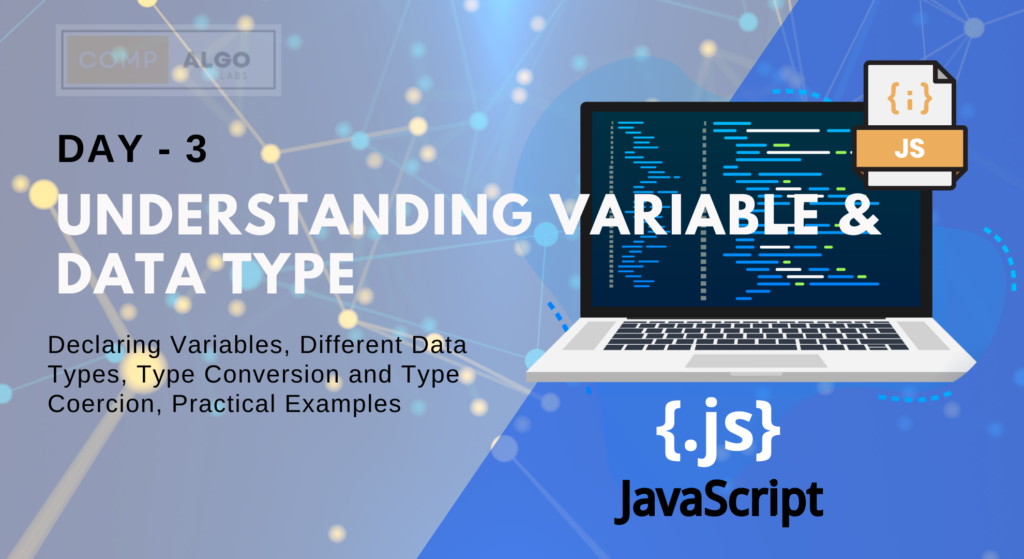Variables are fundamental to any programming language. They store data values that can be manipulated and retrieved later. JavaScript provides several ways to declare variables, each with its own nuances. Additionally, understanding JavaScript variables data types is crucial for effective programming.
SO start Understanding JavaScript Variables and Data Types
1. Declaring Variables (var, let, const)
In JavaScript, variables can be declared using var, let, and const. Each has its own scope and usage:
- var: The traditional way to declare variables. It’s function-scoped.
//javascriptvar name = 'Alice';console.log(name); // Output: Alice
- let: Introduced in ES6, it’s block-scoped and preferred for variables that may change.
//javascriptlet age = 25;age = 26;console.log(age); // Output: 26
- const: Also introduced in ES6, it’s block-scoped and used for constants (variables that won’t change).
//javascriptconst pi = 3.14;console.log(pi); // Output: 3.14
2. Different Data Types
JavaScript supports various data types, including:
- String: Represents textual data.
//javascriptlet greeting = 'Hello, World!';
- Number: Represents numerical data.
//javascriptlet score = 95;
- Boolean: Represents true/false values.
//javascriptlet isStudent = true;
- Undefined: Represents a variable that hasn’t been assigned a value.
//javascriptlet undefinedVar;console.log(undefinedVar); // Output: undefined
- Null: Represents an intentional absence of value.
//javascriptlet nullVar = null;console.log(nullVar); // Output: null
- Object: Represents complex data structures.
//javascriptlet person = { name: 'John', age: 30 };
3. Type Conversion and Type Coercion
JavaScript can convert types automatically (type coercion) or explicitly (type conversion):
- Implicit Conversion:
//javascriptlet result = '5' + 2;console.log(result); // Output: '52'
- Explicit Conversion:
//javascriptlet num = Number('5');console.log(num + 2); // Output: 7
4. Practical Examples
Here are some practical examples to illustrate these concepts:
- Using let and const:
//javascriptlet count = 10;const max = 100;if (count < max) {console.log('Count is less than max');}
- Working with different data types:
//javascriptlet name = 'Bob';let age = 25;let isStudent = true;let courses = ['Math', 'Science'];console.log(`Name: ${name}, Age: ${age}, Student: ${isStudent}`);console.log('Courses:', courses);
Conclusion
Understanding variables and data types is fundamental to programming in JavaScript. By mastering these concepts, you can manage data effectively and write more robust code.
If you haven’t read our last day blog on the basic introduction to JavaScript, click here to read our Blogs. want to connect me on linkdin.




